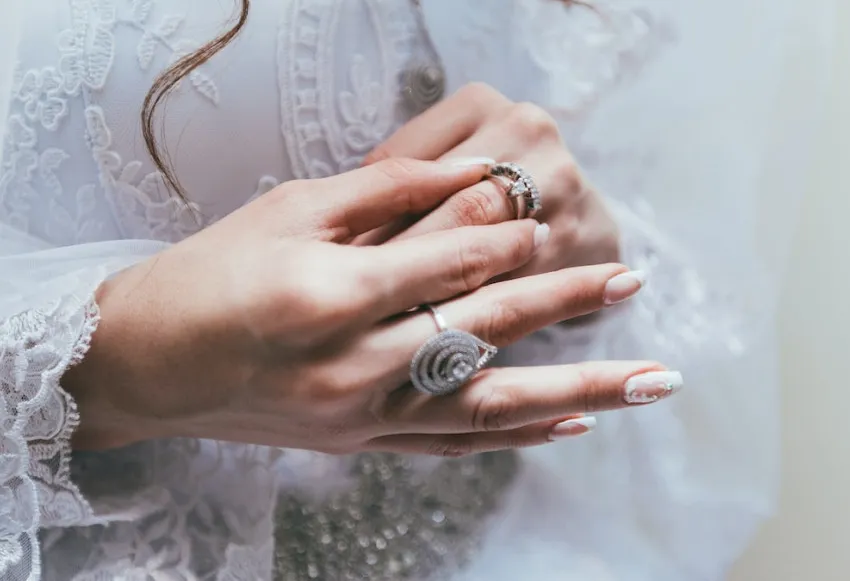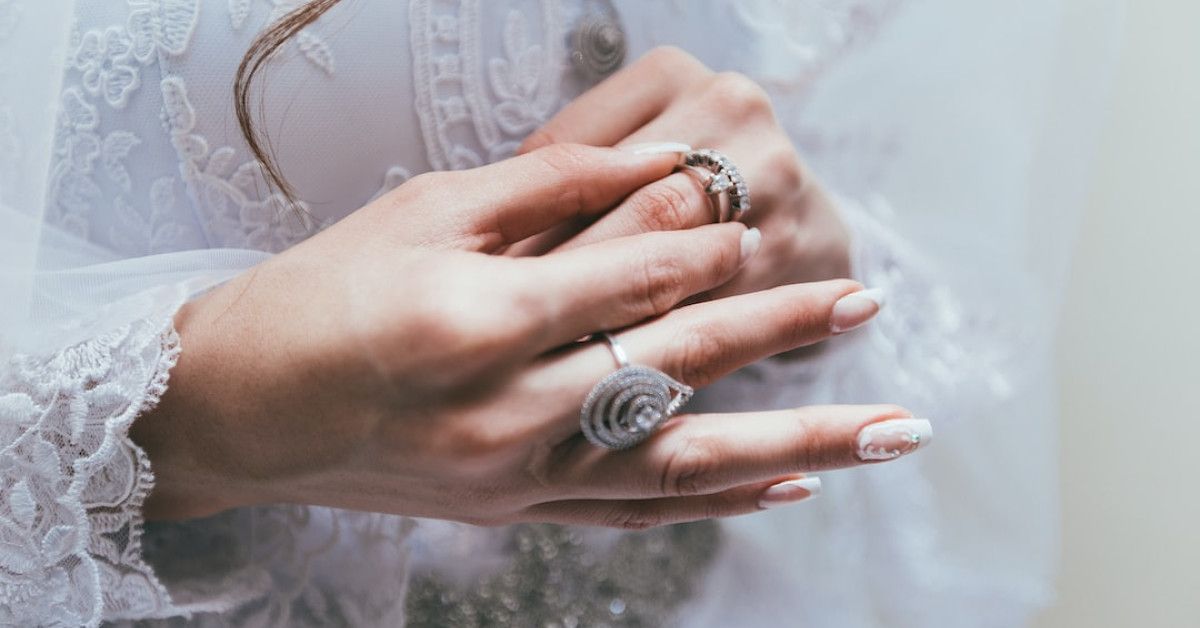Love, the eternal bond between two individuals, is celebrated in numerous ways across the globe. From lavish ceremonies to unique rituals, weddings are a reflection of the culture and traditions of different communities. In this article, we will dive into the enchanting world of wedding traditions and explore more than 14 cultural celebrations of love that will leave you captivated. Discover the rich and diverse customs that make each wedding celebration a truly unforgettable experience.
The Essence of Love in Wedding Traditions
Love Knows No Boundaries
Love is a universal language that transcends borders and connects people from all walks of life. Wedding traditions are a testament to this fact, as they reflect the unique customs and beliefs of a particular community. From ancient rituals that have been followed for centuries to modern-day innovations, these traditions unite couples and their families, creating memories that last a lifetime.
The Significance of Wedding Traditions
Wedding traditions play a vital role in cementing the bond between two individuals and their families. They symbolize unity, love, and commitment. Each tradition holds deep meaning and is a representation of the values and beliefs of a specific community. By following these customs, couples honor their heritage and pass on these cherished rituals to future generations.
Contemporary Wedding Traditions
Western Wedding Traditions: A Perfect Blend of Elegance and Romance
Western wedding traditions are renowned for their elegance and romantic charm. The bride's white wedding dress, the exchange of rings, and the cutting of the wedding cake are some of the iconic elements of a Western wedding. Here are a few key traditions worth exploring:
-
Something Old, Something New, Something Borrowed, Something Blue: This age-old tradition symbolizes good luck for the bride. She wears something old to represent continuity, something new to symbolize hope for the future, something borrowed to signify borrowed happiness, and something blue for purity and fidelity.
-
The White Wedding Dress: Wearing a white wedding dress has become a long-standing tradition in Western weddings. The white color represents purity and innocence, and it is believed to bring luck and happiness to the couple.
-
The Exchange of Rings: The exchange of rings is a significant moment during a Western wedding ceremony. The rings are a symbol of eternal love and commitment between the couple. They are exchanged and placed on the fourth finger of the left hand, as it was believed to have a direct connection to the heart.
-
The Cutting of the Wedding Cake: The cutting of the wedding cake is a cherished tradition in Western weddings. The couple cuts the cake together, symbolizing their shared future and commitment to each other. The first slice is often shared as a gesture of love and unity.
Asian Wedding Traditions: A Colorful Tapestry of Customs
Asian wedding traditions are known for their vibrant colors, rich symbolism, and intricate rituals. From the opulent Indian weddings to the harmonious Japanese ceremonies, each tradition has its unique charm. Let's explore a few fascinating Asian wedding traditions:
-
The Mehndi Ceremony (India): In Indian weddings, the Mehndi ceremony is a pre-wedding ritual where the bride's hands and feet are adorned with henna designs. The intricate patterns symbolize joy, beauty, and spiritual awakening. The ceremony is also an opportunity for family and friends to celebrate together.
-
The Tea Ceremony (China): The Tea Ceremony is a traditional Chinese wedding ritual that symbolizes respect and gratitude towards the couple's parents. The bride and groom serve tea to their parents and elders as a gesture of honor and appreciation.
-
The Sake Sharing (Japan): In a Japanese wedding, the couple shares a ceremonial drink called sake. The act of sharing sake signifies the blending of the couple's lives and families. It also represents their commitment to support and nurture each other.
-
The Baraat (India): The Baraat is a grand procession in Indian weddings, where the groom arrives at the wedding venue on a decorated horse or in a carriage. The procession is accompanied by music, dance, and enthusiastic celebrations by the groom's family and friends.
African Wedding Traditions: A Celebration of Heritage and Unity
Africa is a continent rich in cultural diversity, and its wedding traditions are a true reflection of its heritage. These traditions embrace the spirit of unity, family, and community. Let's explore a few captivating African wedding traditions:
-
The Kente Cloth (Ghana): In Ghanaian weddings, couples often wear traditional Kente cloth. The Kente cloth is handwoven with vibrant colors and intricate patterns, symbolizing the rich cultural heritage and spirituality of the Ghanaian people.
-
The Jumping of the Broom (Various African countries): The jumping of the broom is a tradition that has its roots in several African countries. During the ceremony, the couple jumps over a broom together, symbolizing their entrance into a new phase of their lives. It represents the sweeping away of the past and the start of a new journey together.
-
The Maasai Bride's Hair (Kenya and Tanzania): In Maasai weddings, the bride's hair is a focal point of the ceremony. The bride's hair is parted into sections and braided with colorful beads and extensions. The hairstyle is a symbol of beauty, cultural identity, and marital status.
-
The Lobola (Southern Africa): Lobola is a traditional dowry system followed in Southern African weddings. It involves the groom's family negotiating and presenting gifts to the bride's family as a gesture of appreciation and as a way to establish a connection between the two families.
European Wedding Traditions: A Tapestry of Romance and History
Europe is a continent steeped in history and romance, and its wedding traditions reflect this rich tapestry. From the fairytale-like weddings in castles to the intimate countryside ceremonies, each tradition holds its own unique charm. Let's discover a few enchanting European wedding traditions:
-
The Flower Crown (Sweden): In Swedish weddings, the bride often wears a flower crown made of fresh flowers or leaves. The flower crown represents purity, fertility, and hope for a bountiful future.
-
The Scottish Tartan (Scotland): Scottish weddings often incorporate the Scottish tartan, a fabric adorned with distinct patterns and colors representing different clans. The tartan is often used in the couple's attire, symbolizing their connection to their Scottish heritage.
-
The Dance of the Newlyweds (Poland): In Polish weddings, the newlyweds perform a traditional dance called the Polonaise. The dance is a symbol of the couple's first steps together as a married couple and celebrates their unity and connection.
-
The Rice Throwing (Italy): In Italian weddings, it is traditional for guests to throw rice at the newlyweds as they leave the ceremony. The rice symbolizes fertility and prosperity and is believed to bring good luck to the couple.
Conclusion
Wedding traditions are a beautiful reflection of love, unity, and cultural heritage. From Western elegance to Asian vibrancy, African unity to European romance, each tradition adds a unique touch to the celebration of love. The 14+ cultural celebrations showcased in this article are just a glimpse into the fascinating world of wedding traditions. Whether you are planning your own wedding or simply appreciating the beauty of these customs, may these diverse traditions inspire you to embrace the love that connects us all.

